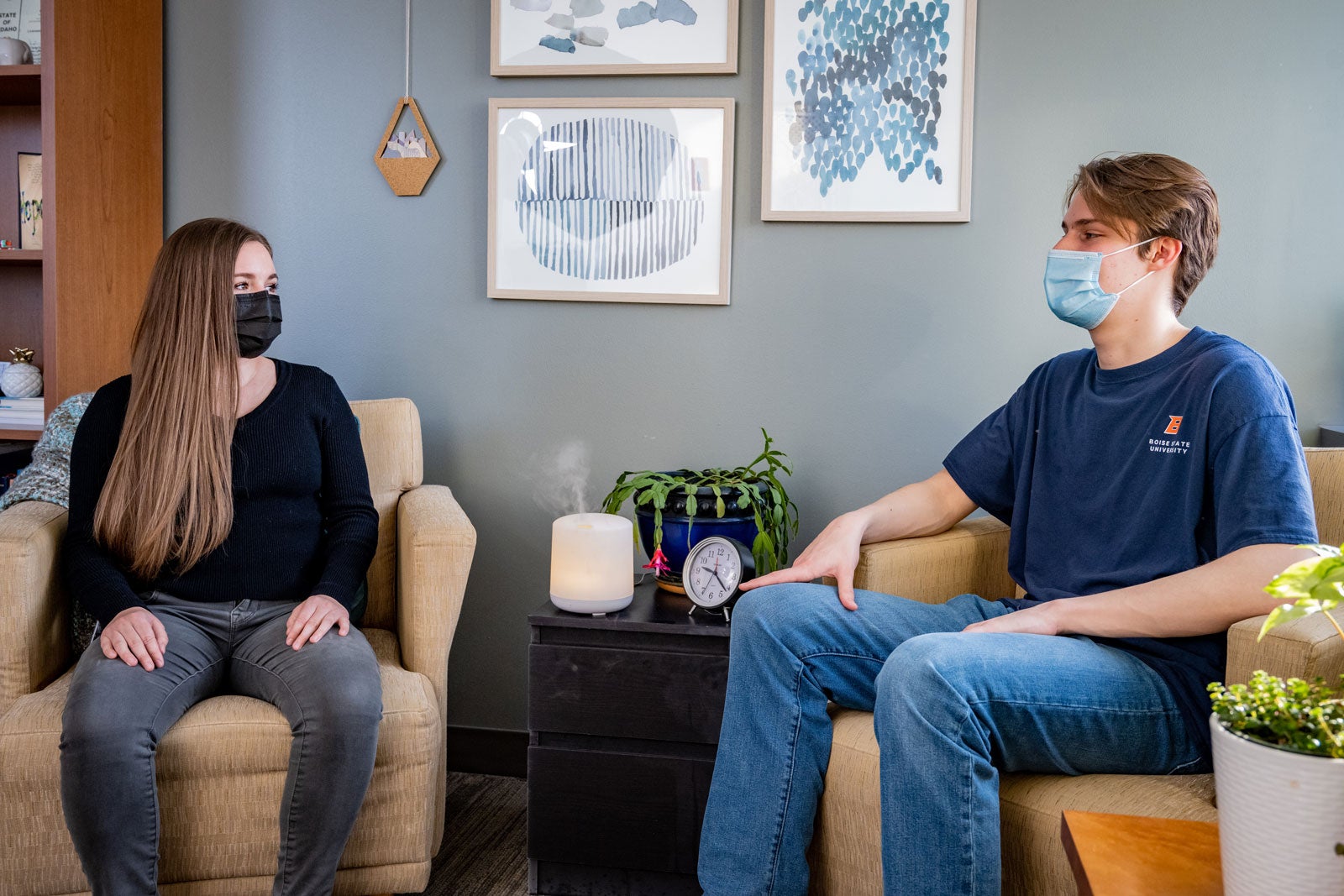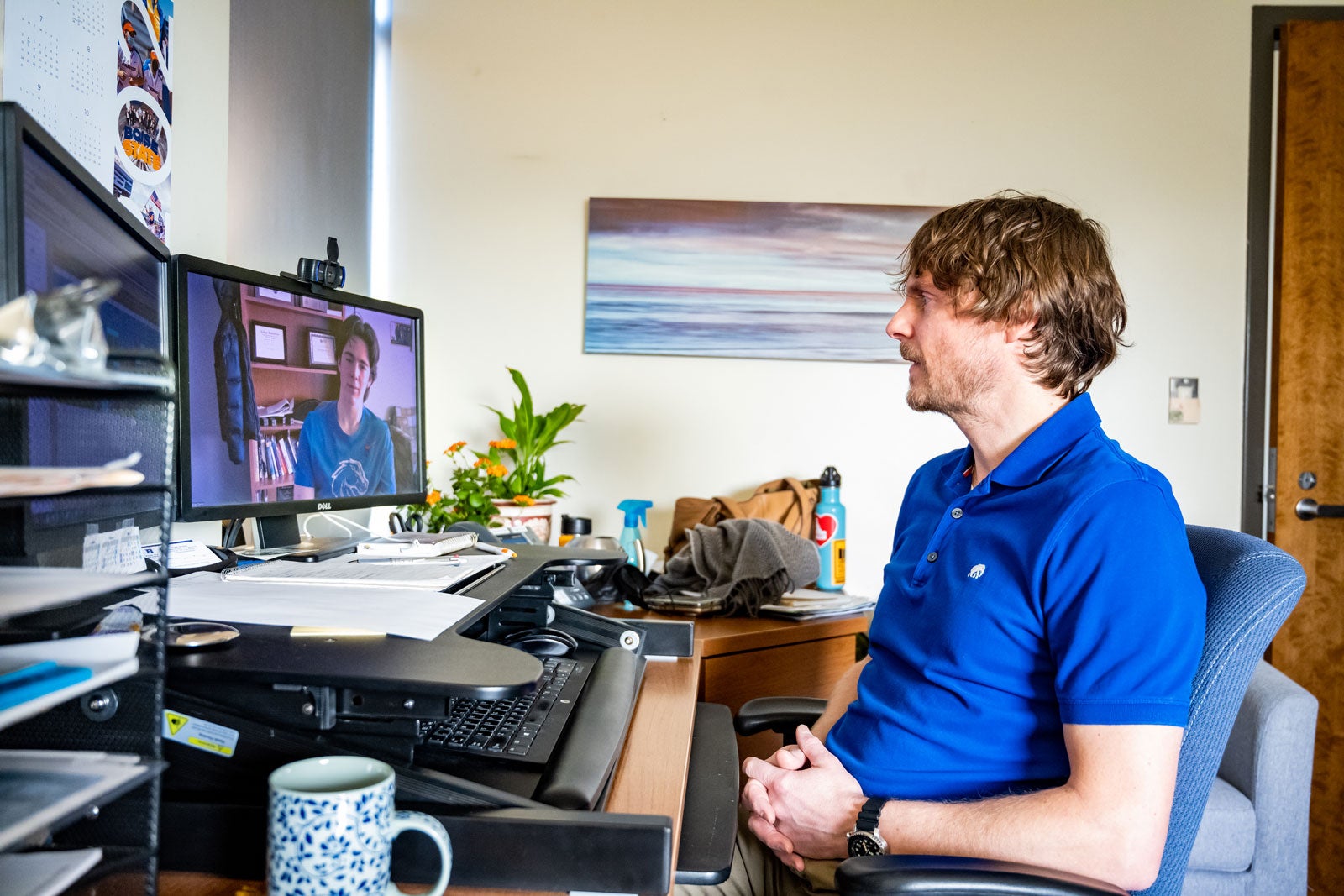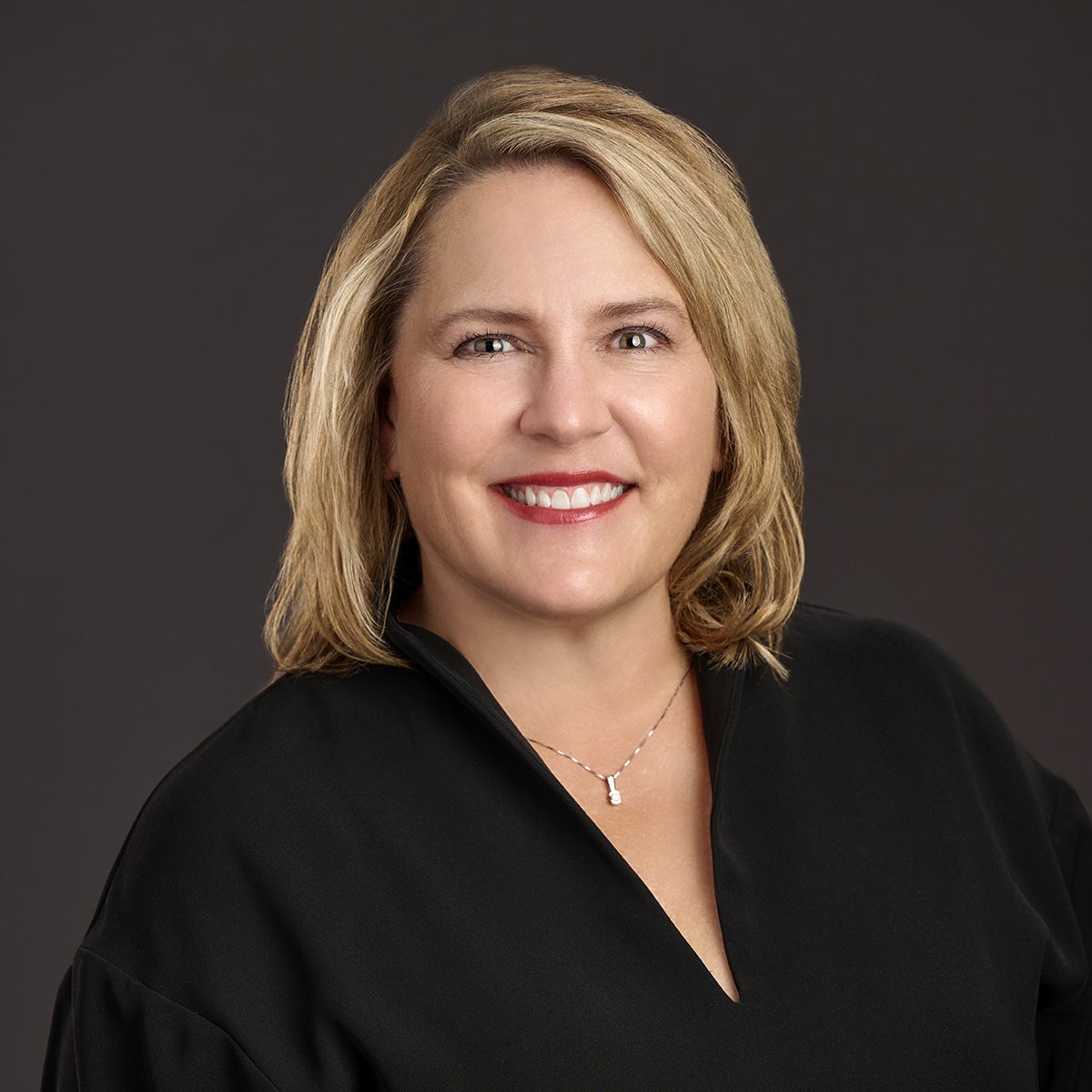
Resources are critical, according to Matt Niece, the Boise State and Idaho State University graduate, licensed clinical professional counselor and state registered supervisor who directs counseling services within Boise State’s University Health Services.
Niece has a staff of eight counselors, and the group historically has tended to the needs of both students and faculty members. The team, already in high demand going into the pandemic, has seen a 40%-plus increase in requests for appointments – and what Niece does not know is how many potential clients have walked away, overwhelmed by their circumstances or discouraged by daunting wait times.
“There has always been a very heavy demand, but there’s a convergence of things here,” he said. “During COVID, we’ve seen a lot of change, but more, we’ve seen the need amplified.”
Niece thinks there is a convergence of factors at play: This generation of college students is more aware of mental health and more comfortable asking for help. There is, then, the pandemic and the isolation that has come along with that.
And then there is access to care.
The team is fielding about six new intake appointments per day; the waitlist is lengthy. On a mid-January day, “Today, you’re going to wait at least two to three weeks,” Niece said, before going on to explain that students would likely wait another month for their next appointments and that counseling stretched out early in the process is not as effective as it could be.
“We’re plugging holes,” he said. “We’re not bailing water.”
International Accreditation of Counseling Services, the only accrediting body in the world for professional counseling centers on college campuses, won’t consider Boise State’s center for accreditation, given the fact that according to that group’s quality standards, it has less than half the number of counselors it would need to do the job required (The desired ratio is one counselor per 1,500 students at a maximum; at Boise State, the ratio is about one to 3,700, given the size of the student body.) Niece is hopeful that, given the situation, U.S. Surgeon General Dr. Vivek Murthy has called a “crisis,” reinforcements will be on the way.

Depression and anxiety are the biggest issues that Niece sees, and that was true before the pandemic, but the isolation brought on during the COVID-19 period has underscored increasing severity of the problems facing students. Severe and persistent mental illness are showing up increasingly, more severe and more persistent. And because college students, even before the pandemic, were connecting with others heavily on social media, with all of the platforms’ pressure for followers, social and emotional loneliness are spiraling.
“It’s not run-of-the-mill depression and anxiety,” he said. “The common denominator is loneliness. And the psychiatry need has grown exponentially.
“We’re talking about pretty traumatized people.”
Niece also sits on the university’s threat assessment team, and has seen increases in multiple troubling trends from that vantage point.
“Anecdotally, I can tell you that suicidal ideation has increased,” he said, noting that there was an average of at least one suicide attempt a month this past fall, along with a record number of student follow-up care reports, overwhelmingly regarding mental health.
The counseling team historically has provided individual, group and couples therapy and seen the children and other dependents of faculty and staff members, also juggling walk-in, crisis appointments and medication management. He’d like to move the focus upstream, so that programming, curriculum, staff onboarding, advertising, marketing and multiple other touchpoints acknowledged the need and the solutions.
This is where faculty and staff come in. They are needed for what Niece views as “minimal but important interventions.” Faculty members and instructors, who have not historically thought of themselves as counselors, are being drafted to look out for those in their classes. Not all, however, are comfortable with that role, and many don’t view it as their function within the university. The university is trying to educate, train and equip instructors and others for the watchdog role and to normalize that monitoring function.
“It’s kind of an all-hands-on-deck thing,” Niece said. “It’s a total paradigm shift.”
Take action
- Provide financial resources to boost students’ mental and emotional well-being. Individuals, businesses, foundations and health care providers.
- Support BroncoFit and learn more about the program’s resources and services.
- Learn about Boise State’s health services for the university community.
- Access Boise State’s Reaching Out Handbook, a resource to support students in crisis.
- Find Jed Foundation resources, including an online mental health resource center.
Guidelines for Intervention: How to Approach Students in Crisis
The list below is included in the Reaching Out Handbook, available online through University Health Services.
You can have a profound effect on students when you openly acknowledge that you are aware of their distress, are sincerely concerned about their welfare, and are willing to help them explore options. Whenever possible, we encourage you to speak directly and honestly to students if you sense academic or personal distress.
- Request to see the student in private. This should help minimize embarrassment and defensiveness. Show respect for the student.
- Briefly share your observations and perceptions of the student’s situation. Express your concerns directly and honestly.
- Listen carefully. Try to see the issues from the student’s point of view without agreeing or disagreeing.
- Attempt to identify the problem. Is the student connected with any ongoing resources? You can help by exploring options to deal with the concern.
- Acknowledge inappropriate or strange behavior. Comment on what you observe without sounding judgmental.
- Flexibility in administering established policies may allow an alienated student to respond more effectively to your concerns.
- Involve yourself only as far as you are comfortable, then refer the student to the appropriate resources. As you attempt to reach out to a troubled student, do not become more involved than time or skill permits.
Inspired? Let’s Chat!

Heather A. Jauregui, MSEd
Senior Director of Development
Call: (208) 426-4138
Email: healtherjauregui@boisestate.edu
Connect with Heather on LinkedIn